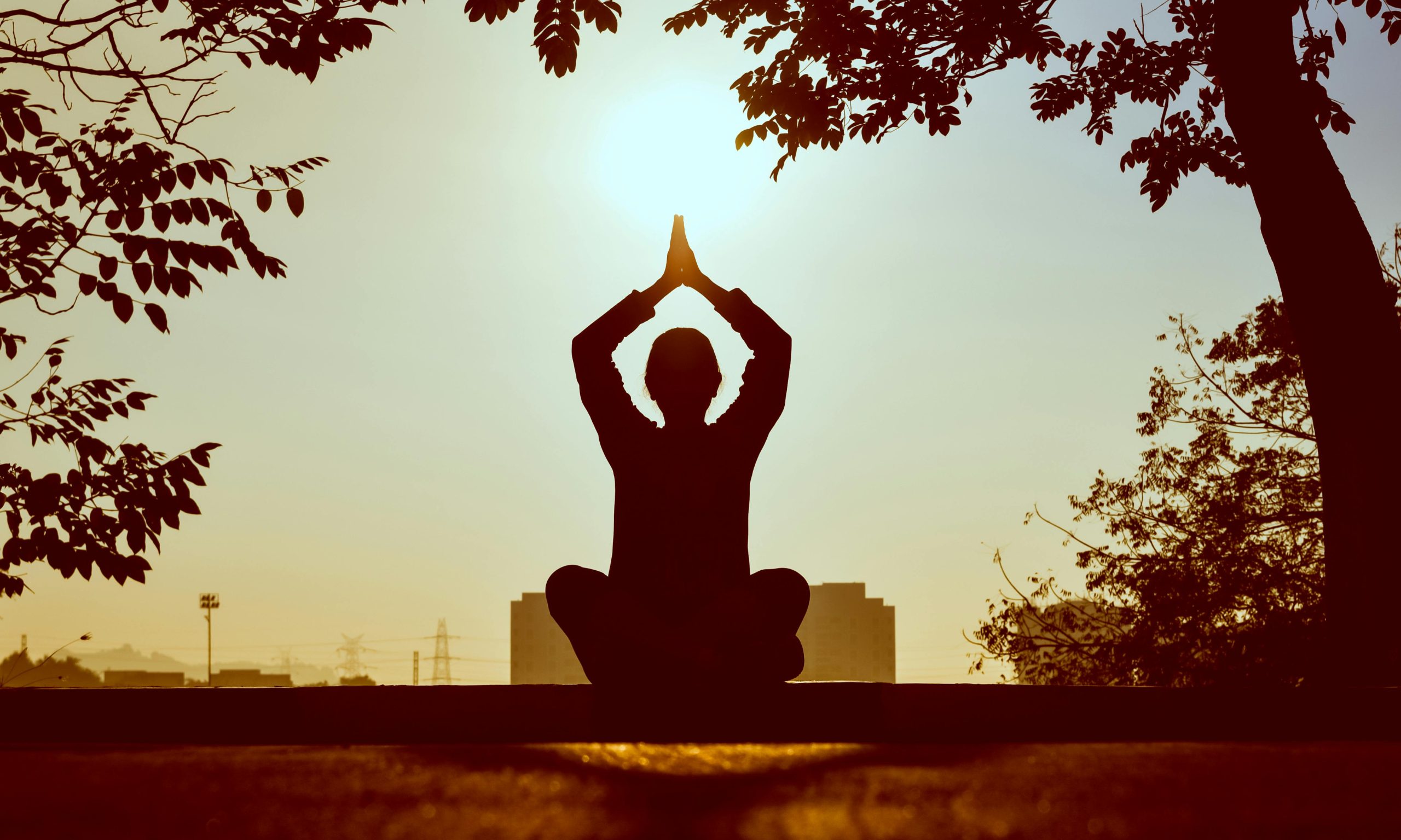Introduction
Your morning routine sets the tone for the day. A well-structured sequence of activities can sharpen focus, reduce stress, and boost productivity—allowing you to approach tasks with mental clarity and energy. Rather than drifting through the first hours reacting to notifications and caffeine, intentional morning practices prime your mind and body for optimal performance. In this detailed, 2,000-word guide, you’ll discover evidence-backed techniques—from movement and mindfulness to nutrition and planning—that high achievers use every morning to cultivate clarity. You’ll learn how to tailor these habits to your lifestyle, sequence them for maximum benefit, and overcome common obstacles so you can start each day with intention, calm, and purpose.
Why Morning Clarity Matters
The Science of Morning Productivity
- Circadian rhythms regulate alertness: Cortisol peaks about 30–45 minutes after waking, offering a natural window of heightened focus.
- Primacy effect: Tasks tackled early benefit from fresh mental energy and fewer distractions.
- Habit stacking: Early habits reinforce positive neural pathways, making it easier to sustain routines.

Clarity vs. Chaos
- Reactive mornings (email first, social media scrolling) lead to decision fatigue and stress.
- Proactive routines allocate precious morning cortisol and dopamine toward meaningful preparation rather than frantic catch-up.
Core Pillars of a Clarity-Focused Morning Routine
- Optimized Wake-Up
- Movement & Breathwork
- Mindfulness & Mental Priming
- Nourishment
- Strategic Planning & Prioritization
- Environment & Technology Management
1. Optimized Wake-Up
A. Consistent Wake-Time
- Why: Regular sleep–wake schedules strengthen circadian rhythms, improving sleep quality and daytime alertness.
- How to implement:
- Aim for the same wake-time (±15 minutes) even on weekends.
- Use gentle sunrise-simulating alarms rather than jarring buzzers.
- Place your alarm across the room to discourage snoozing.
B. Hydration First Thing
- Why: After 7–8 hours without fluid, dehydration impairs cognitive function and mood.
- What to do:
- Keep a glass or bottle of water by your bedside.
- Add a pinch of sea salt or a squeeze of lemon for electrolytes and digestive stimulation.
- Wait 10–15 minutes before caffeine to let your system rehydrate naturally.
C. Light Exposure
- Why: Morning light suppresses melatonin and signals wakefulness to the suprachiasmatic nucleus.
- Techniques:
- Open curtains immediately upon rising.
- Spend 5–10 minutes outside or by a bright window.
- Consider a light-therapy lamp (10,000 lux) during darker months.
2. Movement & Breathwork
A. Gentle Movement: Wake-Up Protocol
- Dynamic stretches: Neck rolls, shoulder circles, gentle spinal twists (2–3 minutes total).
- Cat–Cow flow: Mobilizes the spine and warms up core muscles—5–8 rounds.
- Joint rotations: Ankles, wrists, hips—1 minute each to lubricate joints.
B. Energizing Exercise
- Why: Exercise increases brain-derived neurotrophic factor (BDNF), enhancing learning and clarity.
- Options:
- High-Intensity Interval Training (HIIT): 10–15 minutes of body-weight sprints, burpees, or jump squats.
- Yoga flow: A sun-salutation sequence (5–10 minutes) to blend strength, mobility, and breath control.
- Brisk walk or jog: 20 minutes outdoors integrates light exposure and cardio.
C. Breathwork for Focus
- 4-7-8 breathing: Inhale for 4, hold for 7, exhale for 8—4 cycles to calm the nervous system.
- Box breathing: Inhale, hold, exhale, hold—each for 4 counts; repeat 5 times to sharpen attention.
- Alternate nostril breathing (Nadi Shodhana): Balances cerebral hemispheres, improving cognitive balance.

3. Mindfulness & Mental Priming
A. Meditation for Clarity
- Guided vs. unguided: Apps like Headspace or Calm provide structured scripts; silent practice deepens self-awareness.
- Duration: Even 5–10 minutes daily improves focus and emotional regulation.
- Technique: Focus on breath, body sensations, or a simple mantra (“I am clear, I am present”).
B. Journaling and Brain Dump
- Why: Externalizing thoughts reduces cognitive load and organizes mental clutter.
- Prompts:
- “Three things I’m grateful for…”
- “Today’s top priorities are…”
- “Potential obstacles and solutions…”
- Format: Bullet lists or free-form entries, 5–10 minutes.
C. Visualization and Affirmation
- Visualization: Spend 1–2 minutes imagining successful completion of key tasks to harness the reticular activating system.
- Affirmations: Craft present-tense statements (“I tackle challenges with calm confidence”) to rewire limiting beliefs.
4. Nourishment
A. Balanced Breakfast for Brain Fuel
- Protein: Eggs, Greek yogurt, or a protein smoothie stabilizes blood sugar and supports neurotransmitter production.
- Healthy fats: Avocado, nuts, or chia seeds sustain energy and support cell membranes.
- Complex carbs (optional): Oats or whole-grain toast for slow-burn glucose—avoid high-sugar cereals that spike and crash energy.
B. Strategic Caffeine Use
- Timing: Wait at least 60 minutes after waking to maximize cortisol synergy and avoid mid-morning energy slumps.
- Form: Consider a matcha latte for combined caffeine and L-theanine for a smoother focus.
C. Micro-nutrient Check
- Hydrate again: 8–12 ounces of water when you eat.
- Micros: A greens powder or a multivitamin can fill gaps, especially on busy mornings.
5. Strategic Planning & Prioritization
A. The “Big Three” Approach
- Select three Most Important Tasks (MITs): Identify 1–2 high-impact deliverables and 1 self-care or growth activity.
- Sequence: Tackle the hardest MIT first (Eat That Frog principle) when mental energy peaks.
B. Timeblocking and Theme Days
- Timeblock: Assign specific hours for deep work, shallow tasks, and breaks—protect focus intervals.
- Theme days: Reserve Mondays for meetings, Tuesdays for creative work, etc., to reduce context-switching overhead.

C. Daily Review of Weekly Goals
- Why: Keeps long-term objectives aligned with daily actions.
- Process: Spend 2–3 minutes reviewing your weekly dashboard or kanban board to ensure consistency.
6. Environment & Technology Management
A. Digital Sunrise Routine
- Delay email/social media: Avoid inbox or feed distractions for at least 60 minutes.
- Minimalist desktop: Clear physical and digital clutter to reduce cognitive friction.
B. Curate Your Soundscape
- Focus playlists: Instrumental music or binaural beats at low volume can enhance concentration.
- Silence breaks: Use noise-canceling headphones or quiet time for meditation and deep thinking.
C. Workspace Ergonomics
- Desk setup: Monitor at eye level, elbows at 90°, feet flat.
- Natural elements: Add a plant or daylight lamp to lift mood and reduce eye strain.
Sequencing Your Morning Routine
| Time | Activity | Notes |
|---|---|---|
| 0–5 min | Wake, Hydrate, Open Curtains | Gentle alarm, drink water, get natural light |
| 5–15 min | Gentle Movement & Breathwork | Stretch flow + box breathing |
| 15–30 min | Exercise (HIIT or Yoga) | Option: walk/jog if preferred |
| 30–40 min | Shower & Dress | Contrast shower (warm→cool) for alertness |
| 40–50 min | Meditation & Journaling | 5–10 min meditation + 5 min brain dump |
| 50–60 min | Visualization, Affirmations & Planning | Identify Big Three, timeblock |
| 60–75 min | Breakfast & Caffeine (~after 60 min) | Balanced meal + coffee/matcha |
| 75–90 min | Digital Sunrise: No Email/Social; Deep Work Begins | Tackle first MIT |
Tip: Adjust duration based on your wake-time and work start. Aim for 60–90 minutes total.
Overcoming Common Morning Routine Challenges
1. Time Constraints
- Micro-routines: Condense into 15–20 minutes: water, 2 minutes stretch, 3 minutes breathing, 5 minutes journaling, healthy snack.
- Prep ahead: Lay out workout clothes, plan breakfast, draft journaling prompts the night before.
2. Motivation Dips
- Habit stacking: Pair a new activity (journaling) with an established one (coffee).
- Accountability partners: Share routines with a friend or use an app to track streaks.
3. Sleep Inertia
- Bright light therapy: Use a dawn simulator or light box immediately upon waking.
- Cold water face splash: 10–15 seconds under cool water increases alertness without stress.
4. Routine Rigidity
- Flexibility: Permit “light” and “heavy” versions—shorter or longer—depending on schedule.
- Variety: Rotate between yoga, HIIT, or a walk to match energy levels and preferences.

Expert Insights
- Hal Elrod (Miracle Morning): Advocates the “SAVERS” stack—Silence, Affirmations, Visualization, Exercise, Reading, Scribing—to holistically prime body and mind.
- Cal Newport (Deep Work): Emphasizes digital minimalism and protecting morning hours for cognitively demanding tasks.
- Dr. Andrew Huberman: Neuroscientist Dr. Huberman highlights morning light exposure and breathwork for cortisol and dopamine regulation.
Conclusion
Crafting an effective morning routine for clarity is a personalized process that balances physiology, psychology, and practical constraints. By optimizing your wake-up rituals, integrating movement and breathwork, cultivating mindfulness, fueling your body intelligently, planning strategically, and managing your environment and technology, you can transform chaotic mornings into launchpads for focus and creativity. Start small—experiment with one or two practices—and iteratively refine your sequence until you discover the blend that aligns with your goals and lifestyle. With consistency and intention, each morning becomes an opportunity to reset, reconnect with purpose, and approach your day with unwavering clarity.

Leave a Reply